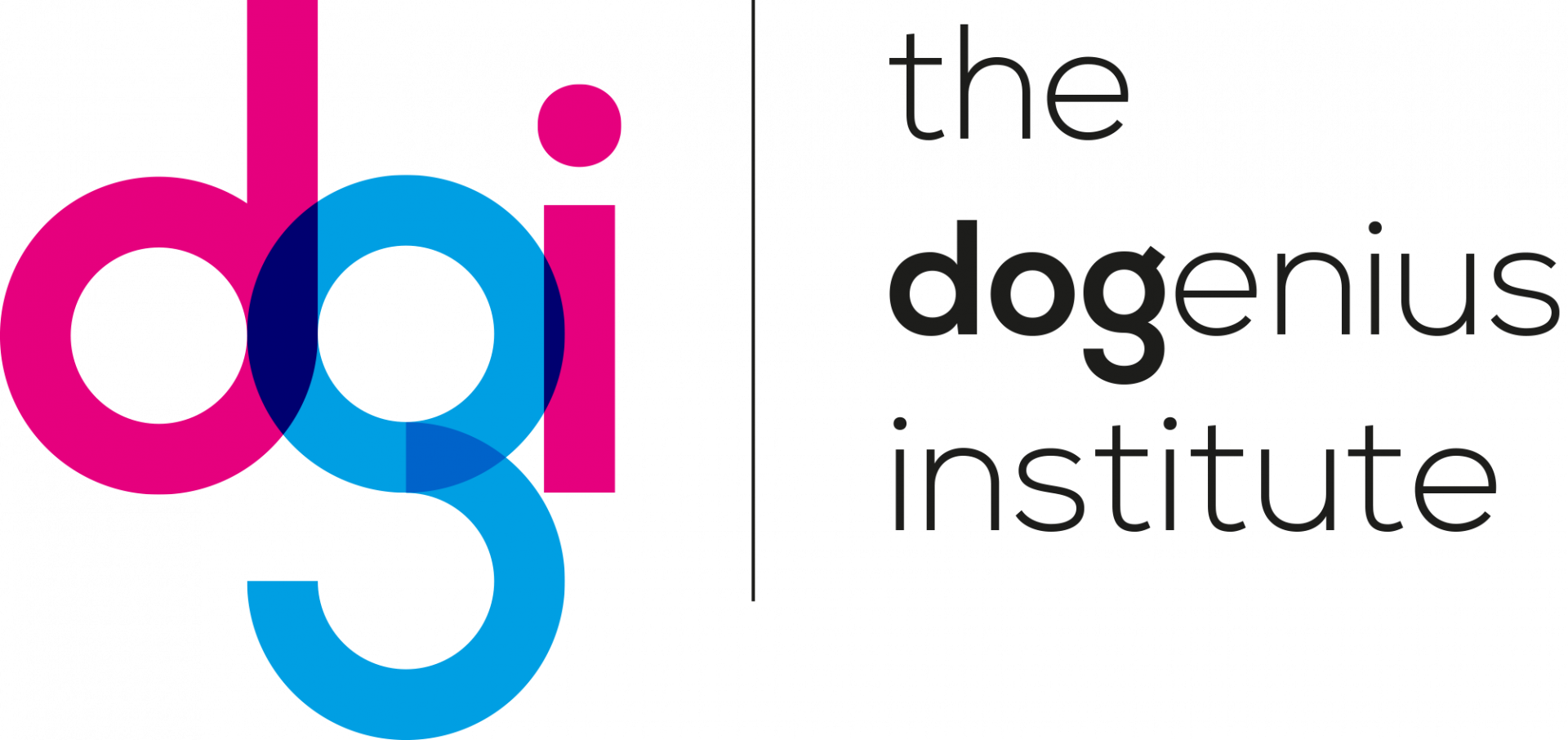I don’t know if you feel the same, but for me the present era we are living in feels like a time of huge shifts and changes; ecological changes, climatic changes, cultural shifts, and indeed, on a personal level, time for reflexive re-evaluation. Developments and change over the last century have been more rapid than any other time in human history, and collectively, the human population has a need to pause and take a deep breath before moving forward towards the 22nd century. Reflections on the global impact of human practices are limited unless we give ourselves time to really observe our place in the world.
The question is, of course, what is our true place, not just as a collective population but as individuals? Have we lost sight of who we are in our efforts to catch up with the changing shifts and expectations we are living with now? We are continuously playing catch-up without embracing the present moment and what that offers us – or what we can offer of ourselves; to recognise and accept our limitations whilst looking ahead to growth and challenges. Tim Ingold perhaps explains this when he suggests that we can think of ourselves not as ‘beings’ but as ‘becomings’ – not discrete and pre-formed entities but as trajectories of movement and growth perpetually and collaboratively creating ourselves.
So, collaboration and individuality are essential parts of being human, but not exclusive to humans. Personal and social connectivity are essential parts of living for many nonhuman others. This dichotomy of living comfortably as a social group whilst feeling able to express oneself seems to trouble us in the present time. As a parallel, observing free-living equines who have experienced minimal human interference for tens or hundreds of years, we see a very different set of social and individual behaviours to their captive conspecifics. There is an ebb and flow, a peacefulness to their lives that is rarely found in captives. Is this how our own species has adapted too? Have we constructed invisible but tangible cages that confine and suppress us, and cause us to feel and behave in ways that restrict us rather than encourage the celebration of diversity?
I also wonder how the current moods and tensions that cloak us impact the animals who live most closely with us, our dogs. Their sensitivities are heightened and more acute. How must it feel to be confined with other beings who are carrying tension, even more so if the dog is unused to proximity to humans. I wrote a while ago about ‘passive observation’ and being with another without expectation – I suppose a form of mindfulness in a way by simply absorbing or becoming embodied by the other. We have relational perceptions of animals; by observing others we observe and examine ourselves. There is an entanglement of lives where one or other is not truly separate but a manifestation of interconnectivity.
Recognising how we feel is helpful but only half the story.


